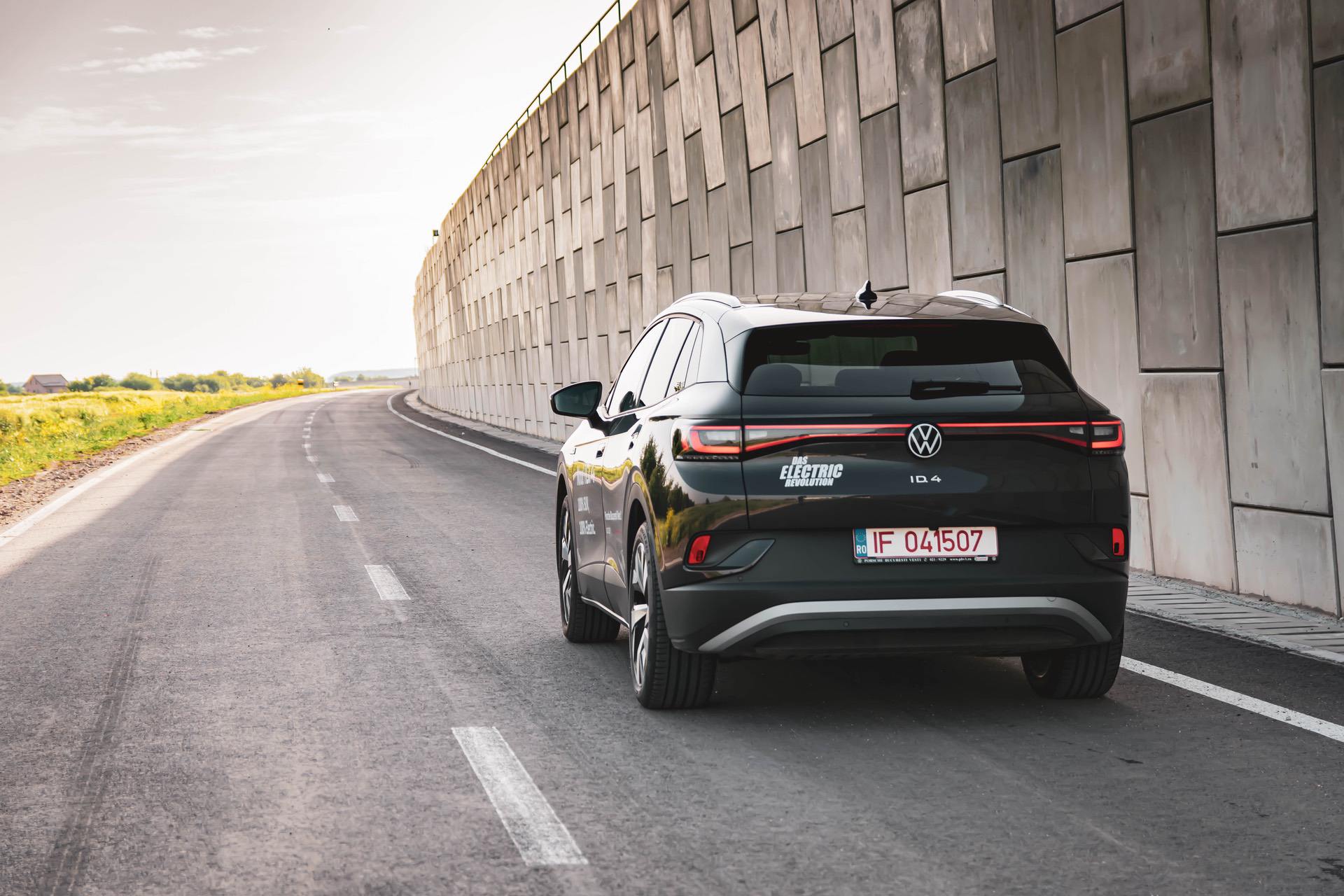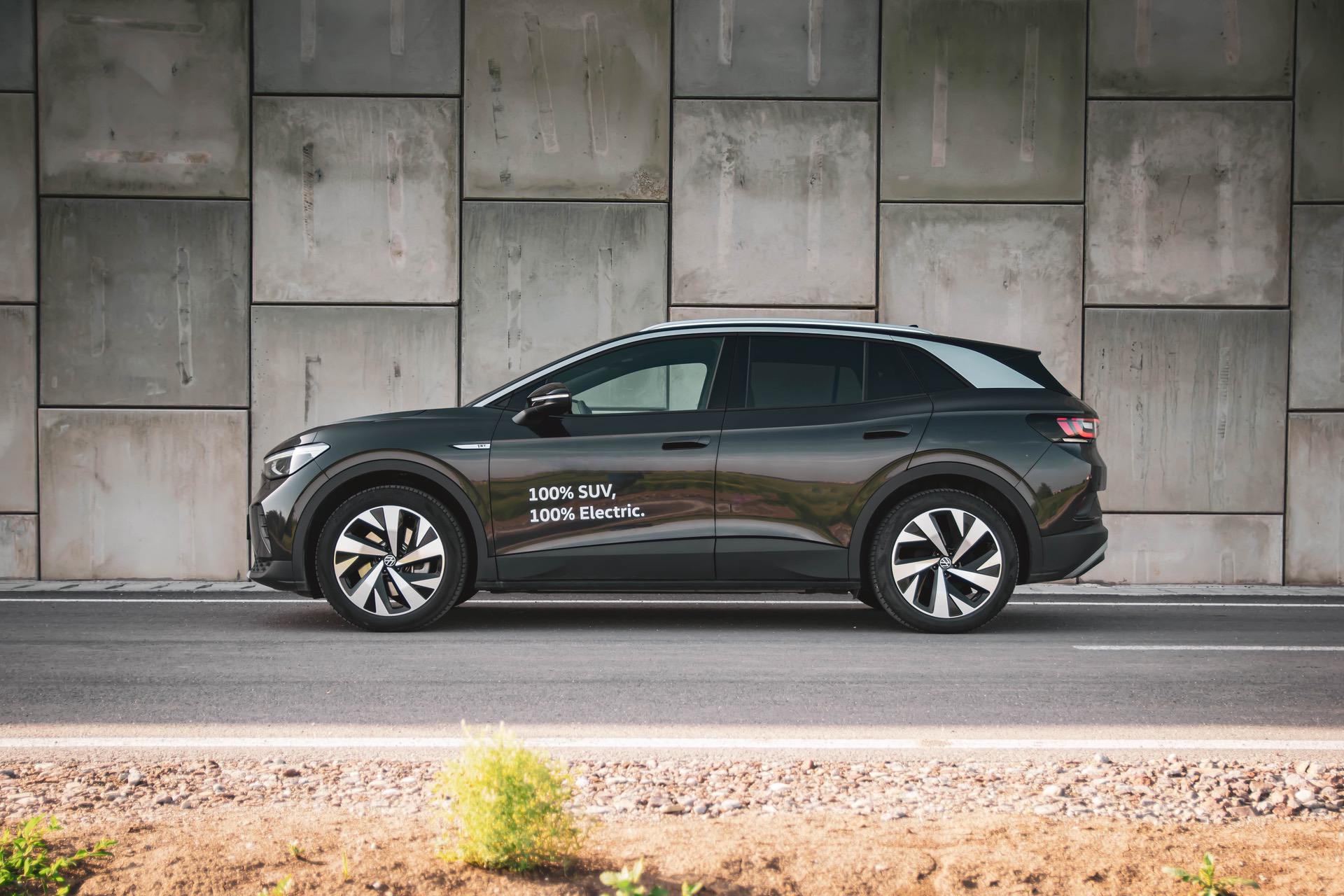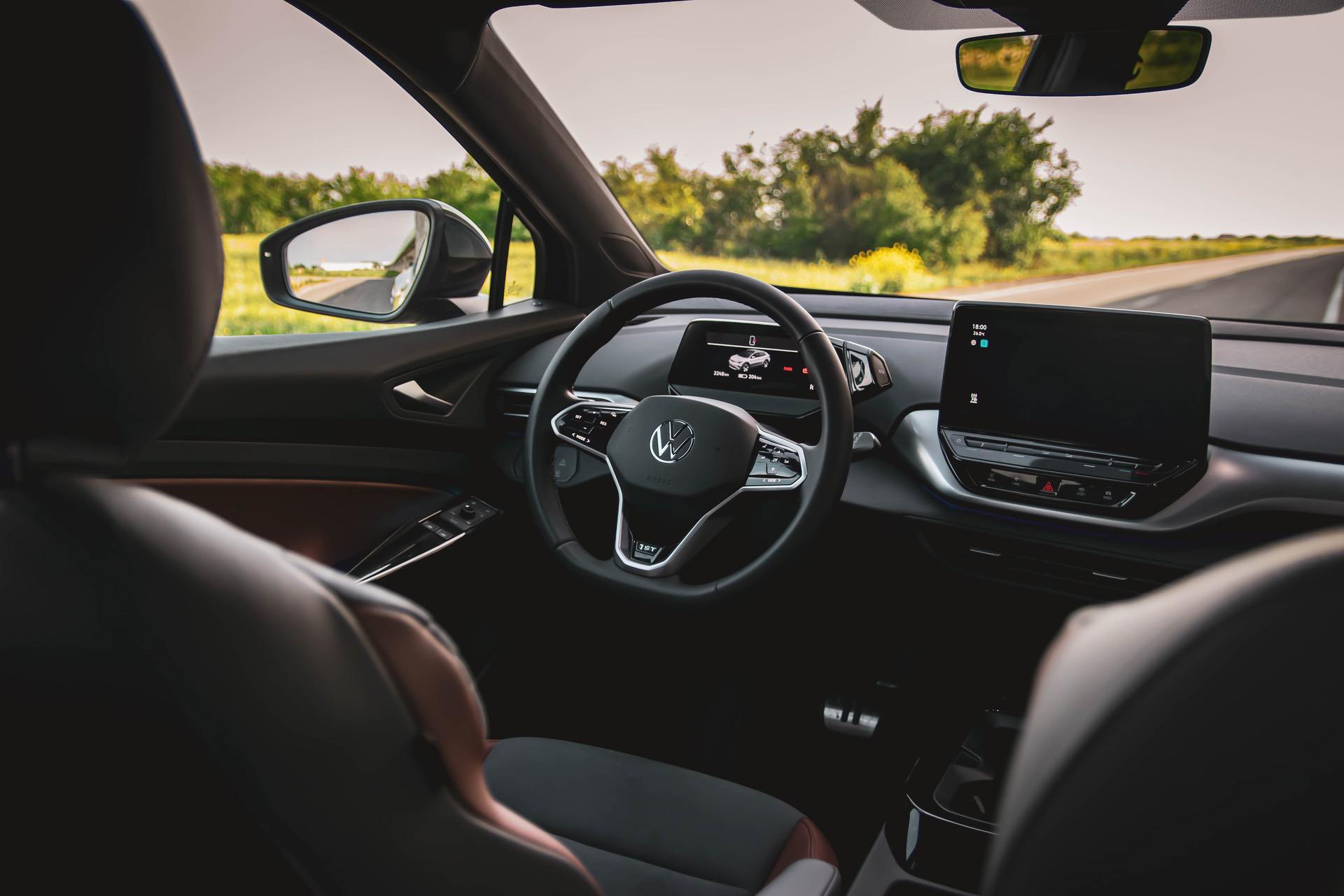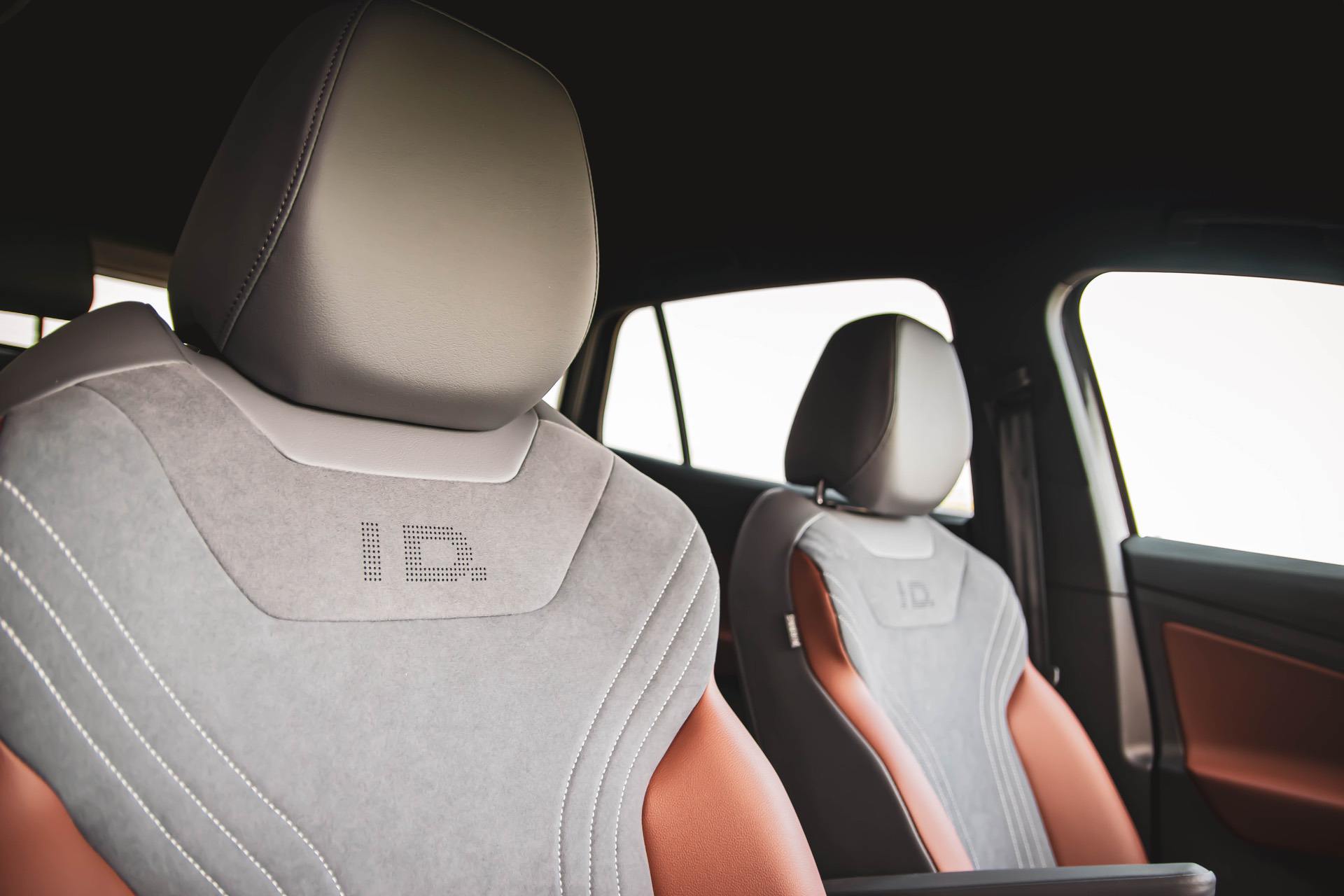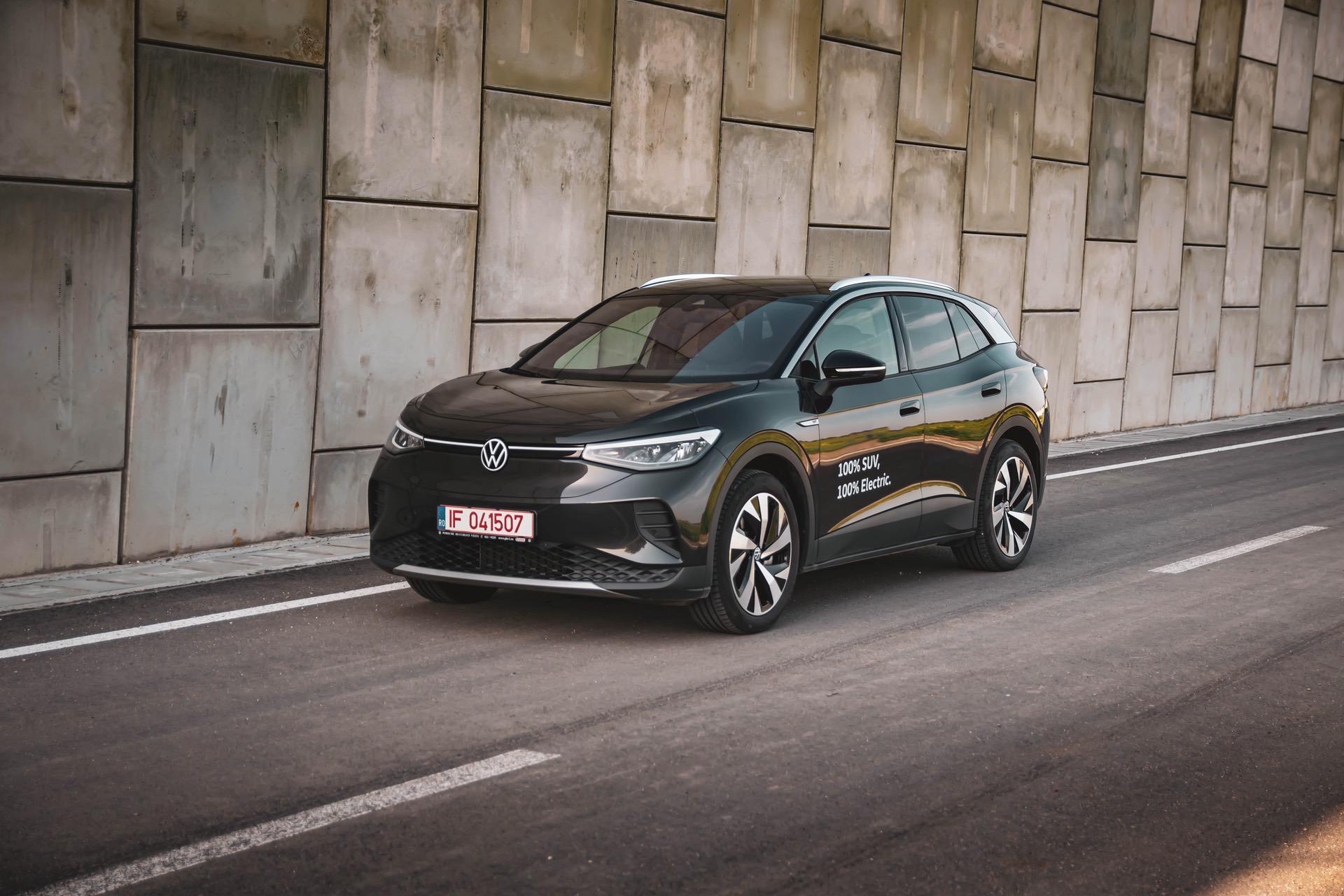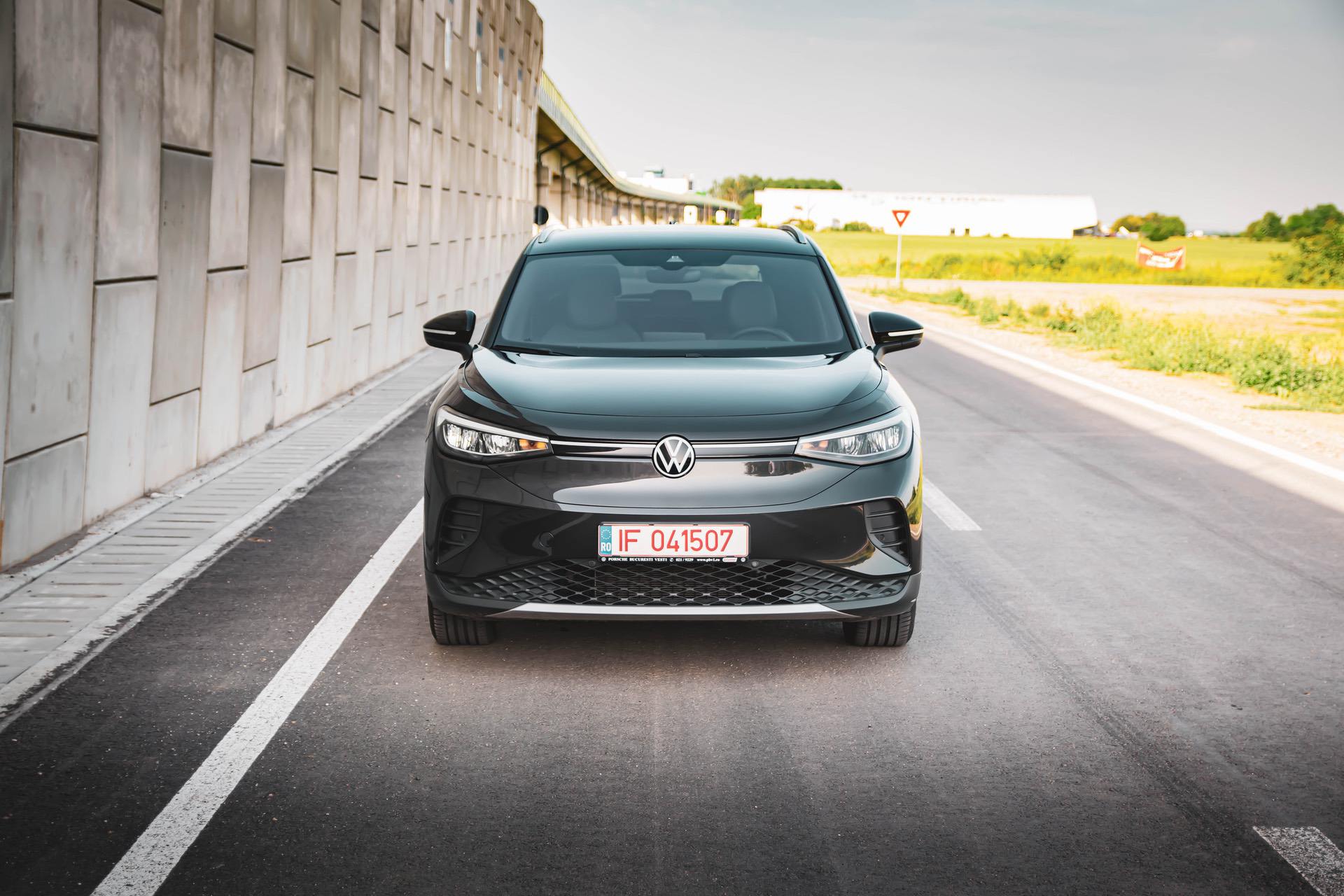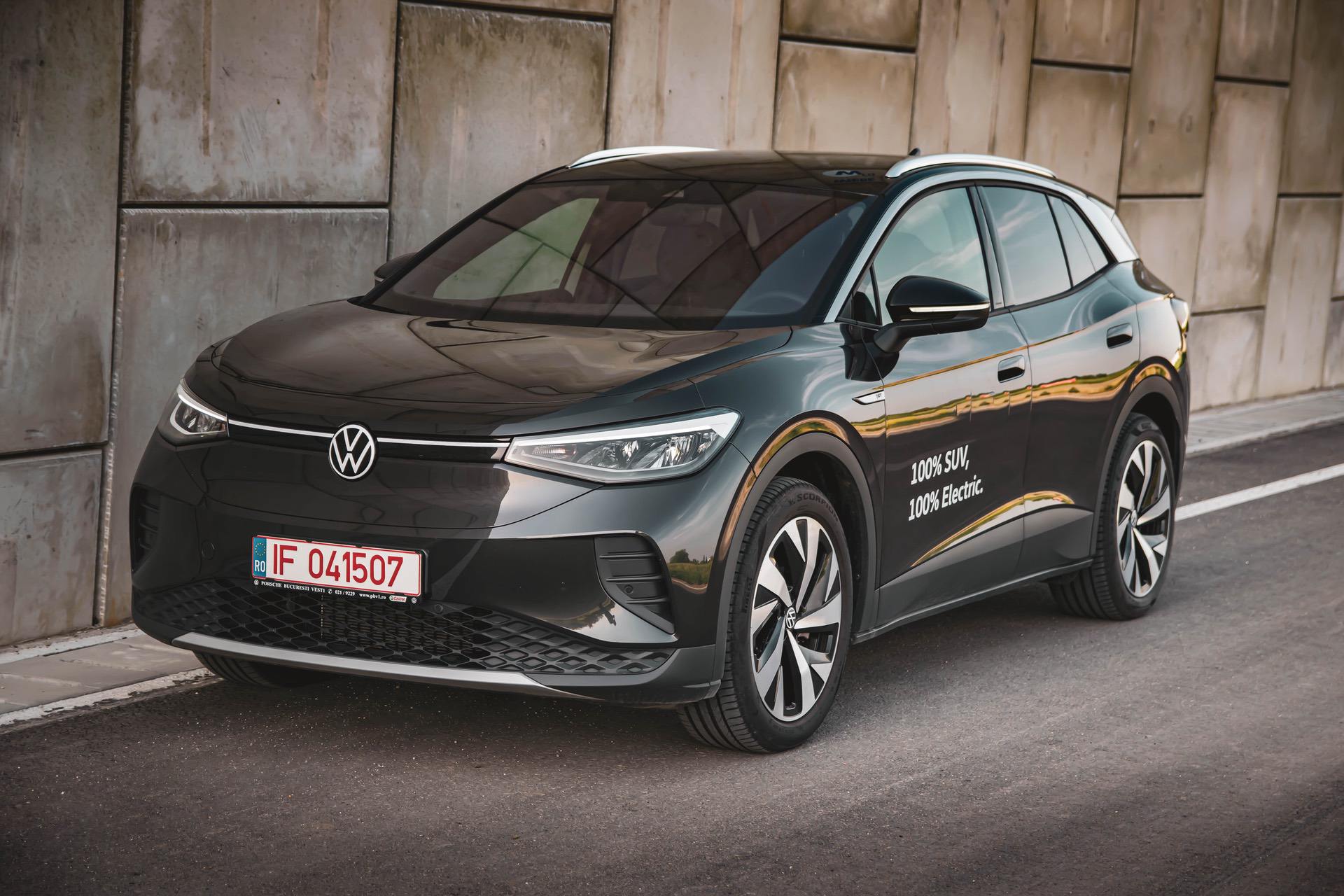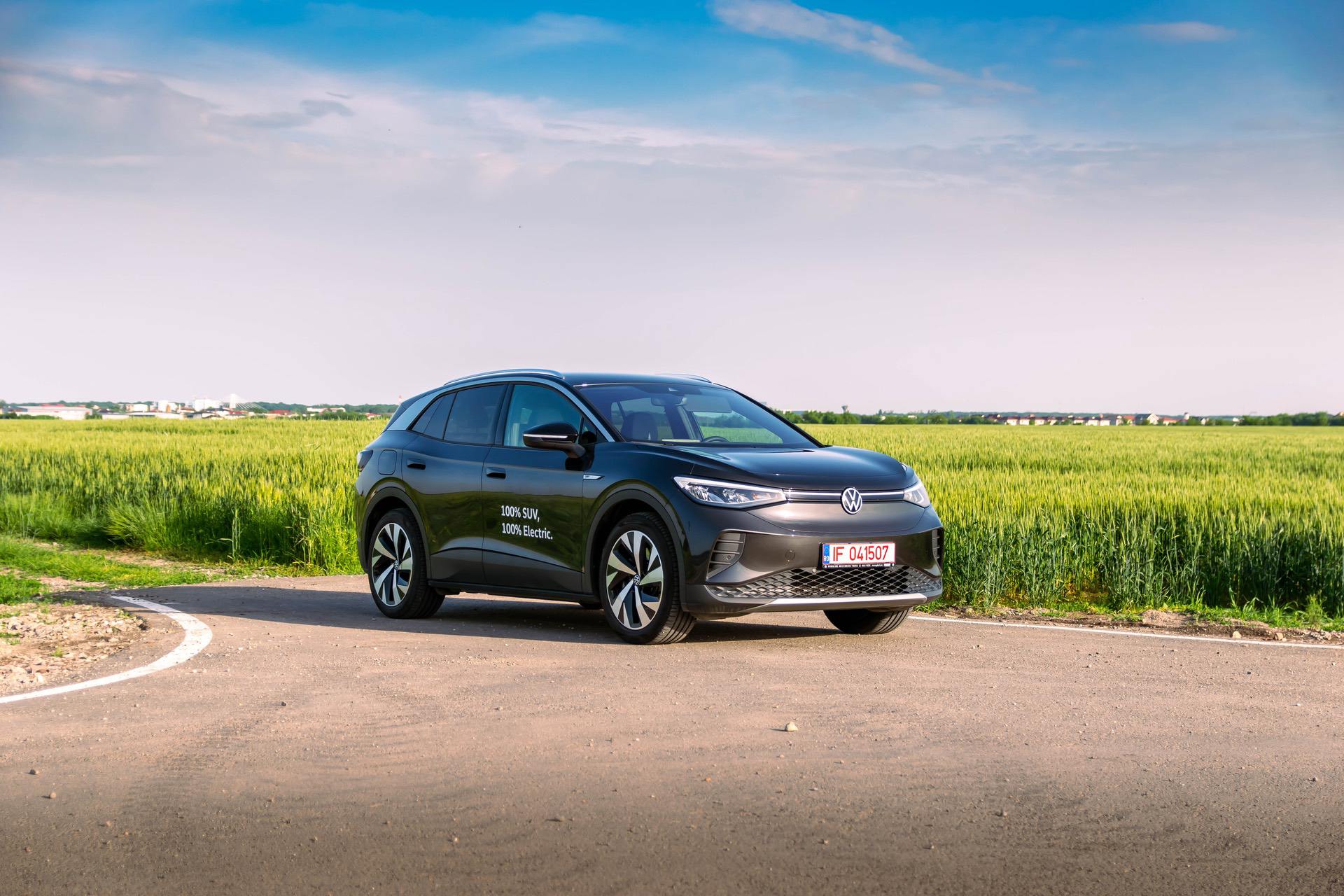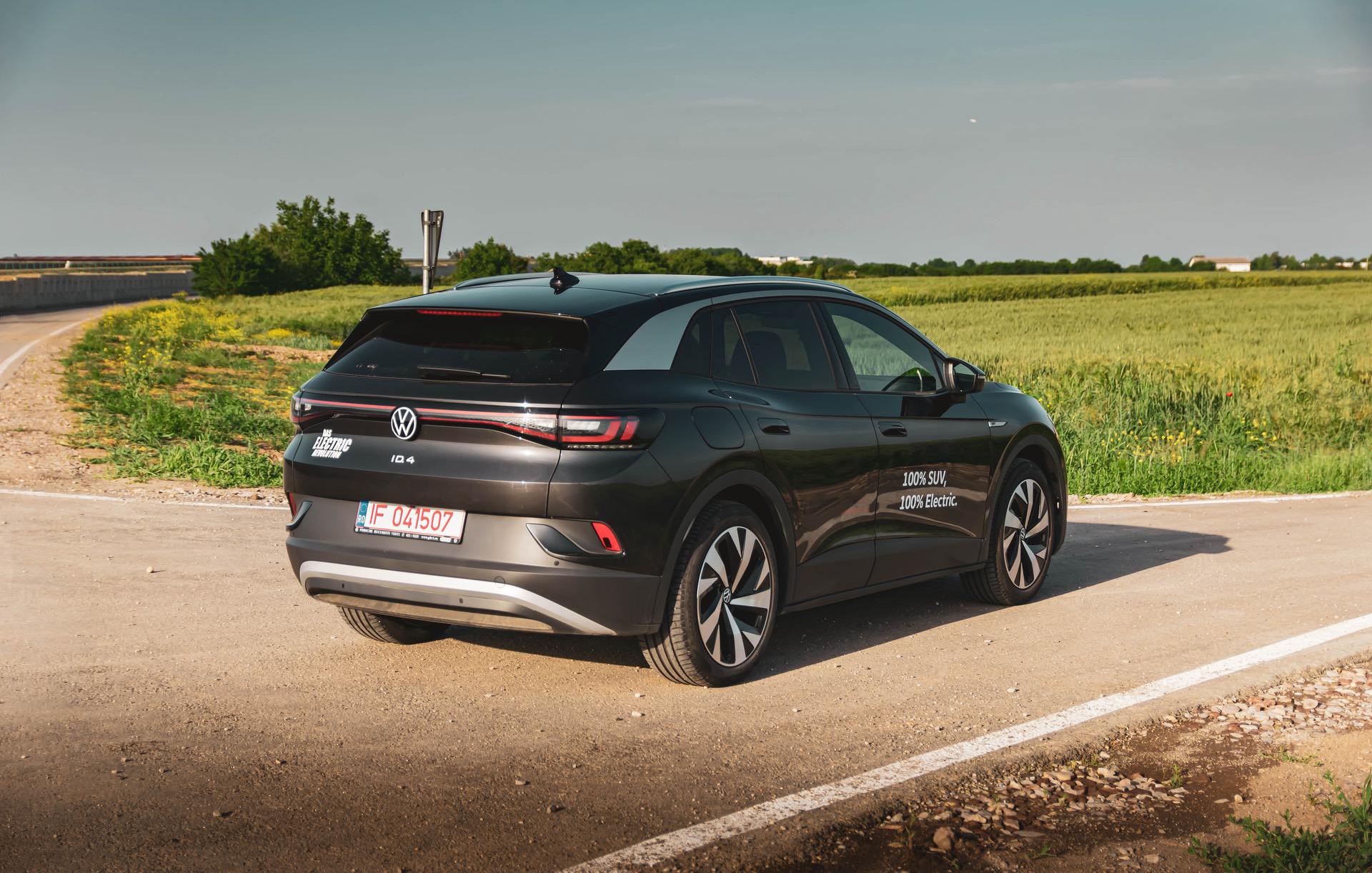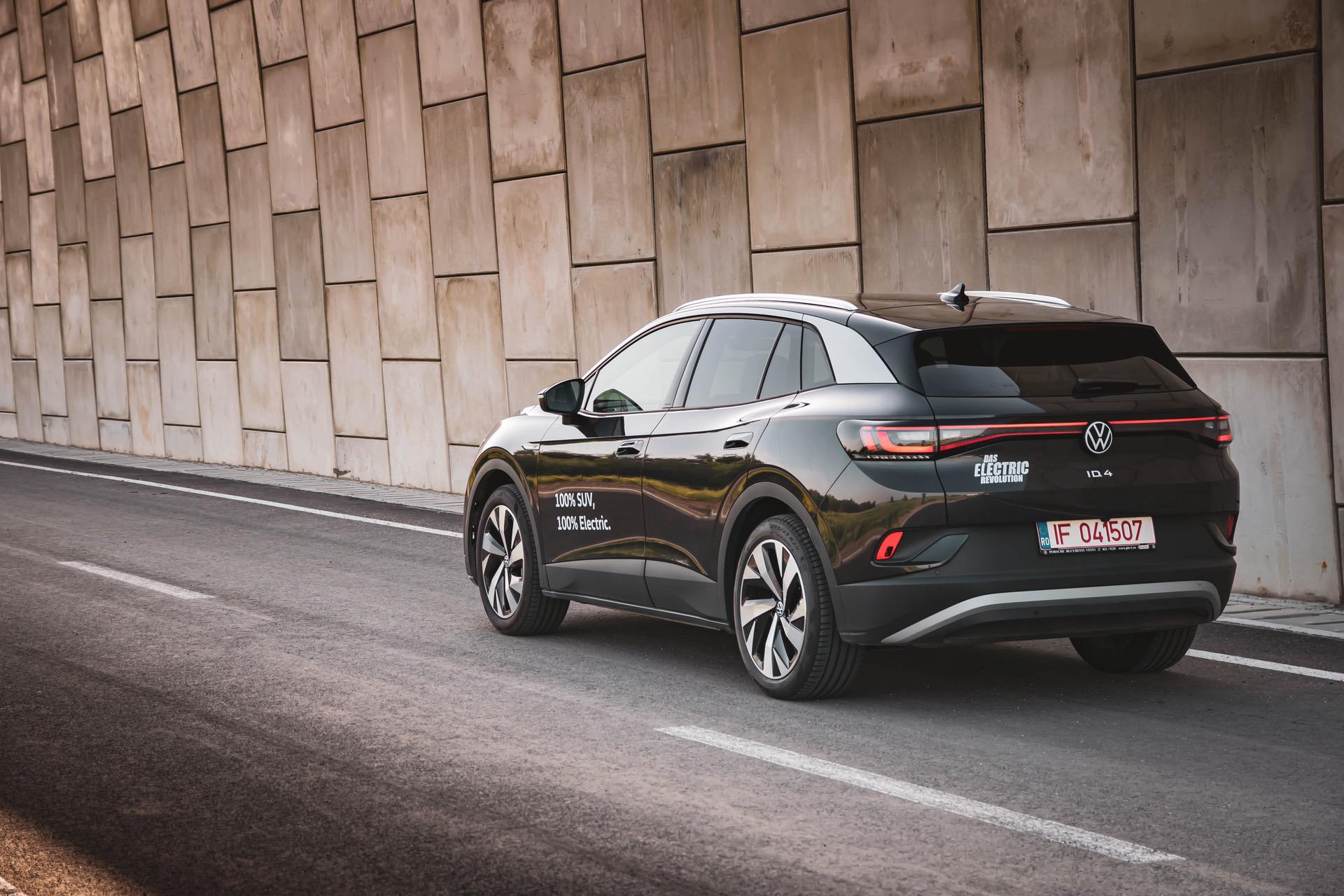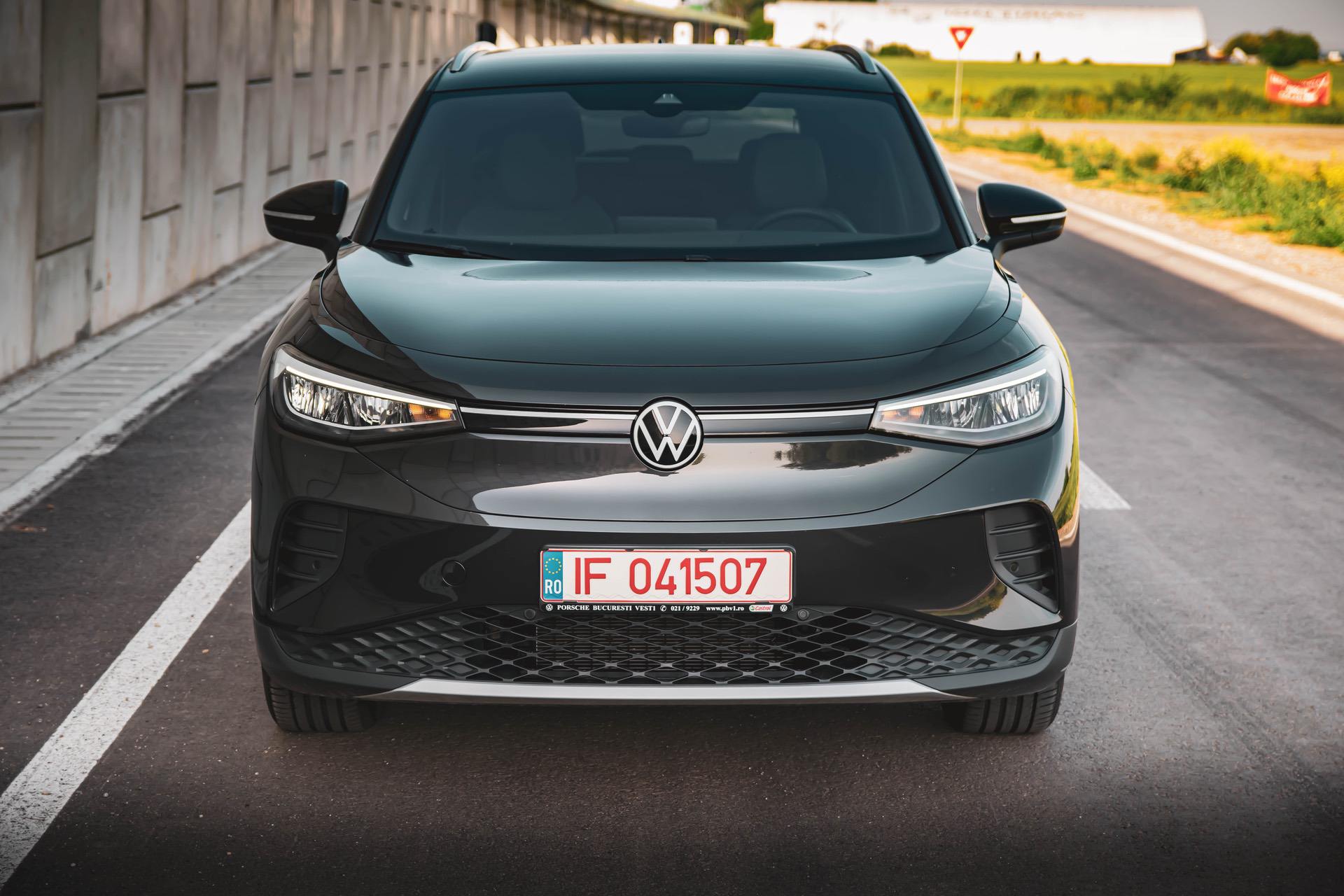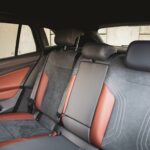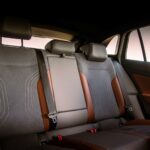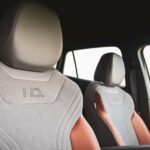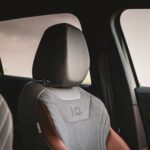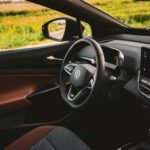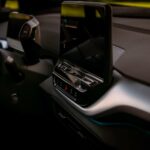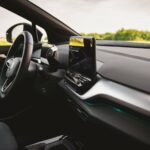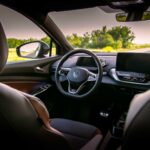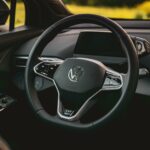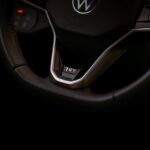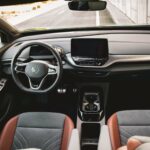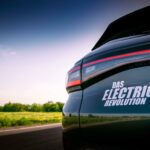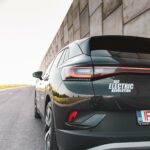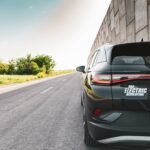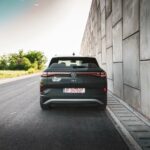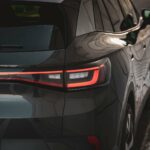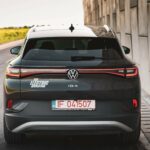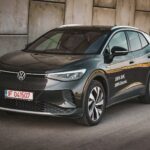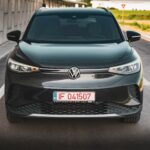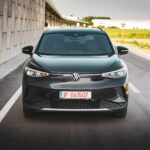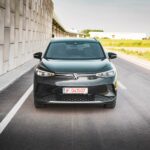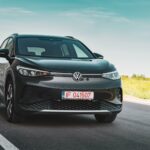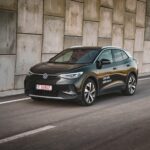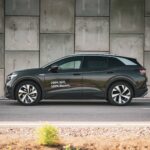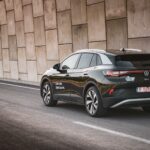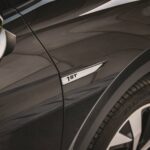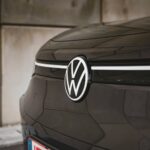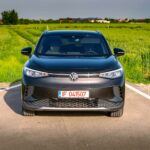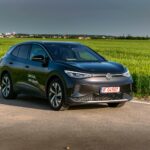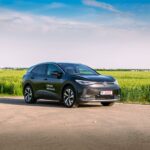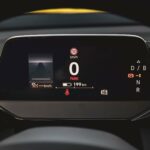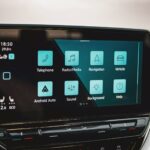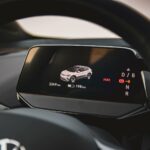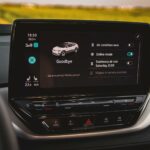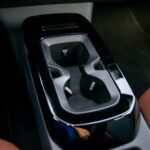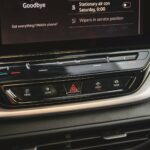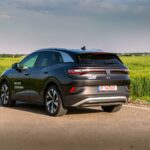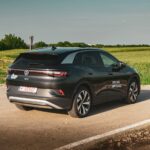After the global fiasco that was the Dieselgate scandal, Volkswagen is now looking to make up for it with yet another global approach. This time, their proposal is out in the open and in the shape of a car: the Volkswagen iD.4. Not long ago we tested the new iD.3 and, like many other reviewers out there, we pointed out that VW’s claims that this could be a third revolutionary car from their own R&D department weren’t exactly baseless. It’s a bold approach, uses a brand-new modular platform meant to be the backbone of many different electric vehicles and has all the makings of a potentially game-changing model. And yet, the iD.4 might just be an even bigger seller and thus, more of an iconic car.
An iD.3 With Higher Ground Clearance
What is the iD.4 after all? Nothing more or less than the SUV version of the iD.3. Think of it as a purely electric Volkswagen Tiguan, if you will, the car with some of best figures in the sales charts that VW makes today. And since the VAG group is the biggest car seller in the world right now (battling it out with Toyota every year), the best-selling SUV this conglomerate makes will need an electric version at one point. That’s what the iD.4 aims to be.
Size-wise, it’s more of a crossover than an SUV. Compared to the iD.3, the new EV is 30 centimeters longer but the wheelbase itself adds just 1 millimeter on the iD.4 which goes to show just how far a modular platform can go. The SUV is also taller, with an added 6 centimeters in ground clearance (for a total of 21 centimeters) and a taller roofline by the same amount. In terms of width, you’ll have to add 5 centimeters to the grand total.
As for the design, it’s just what you’d expect: the iD.3 on a different scale. The front end feels a lot bulkier than on the smaller hatch, with larger proportions all around. Struggling to make it as streamlined as possible, the iD.4 doesn’t strike you as a big car. That’s all due to its rounded shapes which keep the drag coefficient as low as possible (it’s 0.28). However, once you get the ruler out or you’re forced to park in a tighter spot, you instantly notice its size and those extra centimeters do come in handy once you step inside.
Spacious Interior
The interior looks exactly the same as on the iD.3 but, the moment you sit down inside the iD.4 you realize just how much more room there is. It feels spacious and well organized, with very few buttons and a plethora of touch-sensitive surfaces. And this is where my first complaint comes in.
I understand that new-age cars must have a certain feel. The car makers are trying extra hard to offer new technologies inside them and new ways to interact with the car’s on-board systems. But offering a new technology just for the sake of saying it’s different doesn’t really help out.
Modern-day Volkswagen cars come with a pretty straightforward infotainment system and the iD.4 makes no exception. It’s just like a tablet, with various submenus and pretty easy to use. What isn’t easy to accommodate to though is the way the controls work.
Adjusting the temperature implies sliding your finger on a touch bar at the base of the screen. Adjusting the volume is done the same way and while you do get some shortcut buttons right under the vents on the dash, they have been poorly chosen. Why do I need a shortcut for the self-parking function or for the active safety systems? These are areas where I hardly ever want to go.
A much more useful shortcut button would’ve been one for the media source or one for the navigation system. I understand there’s no pleasing everyone, and to that end, a configurable button would’ve been very useful. During my time with the car, I found this and the touch-sensitive buttons on the steering wheel the most frustrating parts of my experience. Because, yes, the steering wheel buttons are also no longer physical, but touch sensitive. And even though you do get haptic feedback when using them, you’ll still find yourself double checking every time to make sure you ‘pressed’ the right button.
The iD.4 also comes with a personal assistant that can take voice commands if the control system annoys you but you’d have to have a perfect English accent, unlike myself, and it doesn’t work in too many other languages either, so its utility will be limited.
But, moving on from the technology, the cabin feels very airy and the materials used are decent on most surfaces. The seats of this launch 1st Edition model were wrapped in Alcantara with some faux leather add-ons on the sides and they felt really good to the touch. Ours were manually adjustable but you can get more advanced seats, with massaging function and electric adjustment if you want but they will cost a pretty penny.
There’s also ample room in this car, both up front and in the back, more so than in the iD.3. Taller people will fit without any issues both up front and in the back, where the seats are a bit taller to offer the rear passengers a better look at the road ahead.
Since the iD.4 is 30 centimeters longer than the iD.3, the boot space is considerably bigger too. Chip in the taller greenhouse too and you get up to 543 liters of space back there. Fold the rear seats and you get up to 1575 liters, which is very impressive.
But what about the driving position? I was rather surprised to see it was lower than I expected. When you look at the iD.4 from the outside and see just how bulky and imposing it is, you expect to sit rather high in the driver’s seat. To my surprise, I didn’t get that feeling at all. As a matter of fact, it felt as if I was just a tad higher than in the iD.3. Maybe it was just an impression but, in the end, that’s what we’re left with after driving a car, isn’t it?
I should mention that I prefer a lower seating position, as it makes me feel more in control. Furthermore, there was plenty of room to raise my seat if I wanted to, so it really isn’t as much a fault of the car but more of a personal preference.
Snappy Driving
Once you set off, you’re met with the usual deafening quietness of an electric car. The iD.4 is no exception, offering a serene experience overall, accompanied by a subtle hum as EVs are mandated to emit some sort of sound at lower speeds to warn pedestrians in the vicinity. Just like the other cars made on this platform, the iD.4 comes with a rear engine, rear-drive setup which makes for a pretty fun experience behind the wheel.
The throttle response is instant but can be dulled by accessing Eco Mode. There are four main driving modes available in the iD.4, Eco being the one that’s meant to keep you going the most, followed by Comfort, Sport and a custom mode you can set up however you want. When you set off, the Comfort mode is set up by default while Sport mode will make everything just a tad bit sharper.
Driving the iD.4 around town reveals some of the advantages brought on by a bespoke electric platform. For example, since the car was designed and engineered from the get go without a traditional engine on the front axle, its geometry was adapted and the iD.4 has a turning radius of just 10.2 meters. That’s almost as on par with the BMW i3 but on a car that is considerably larger. And that tight turning radius and fast steering rack at low speeds make the iD.4 a great driving car around town. You can park it anywhere with ease also thanks to its squarish design. One issue I had with it though came from the suspension.
Mind you, our tester was riding on 20” wheels but you can get the iD.4 with anything from 18” to 21” wheels, depending on the power level and personal preference. With the 20” setup I had on you could feel most of the road’s imperfections making their way into the cabin, through the seats and then into your back. The suspension in the iD.4 is on the stiffer side of things so going with a smaller set of wheels might help out if you want more comfort. And it’s not like that stiffer ride helps out when you’re trying to push this car to its limits in sport mode.
It leans quite a bit in corners but it does have impressive front axle grip. The rear engine/rear drive setup and the instant power turn it into a fun, zippy car around town, making the car shrink around you when you’re pushing it. Even so, it’s still big and heavy and you can feel that, especially in the corners.
Three Variants Up To 300 HP
There are three main models you can choose from, all of them using the same electric motor on the rear axle but locked to different power levels. There’s an entry-level 148 HP model, an intermediate version with 170 HP and the 204 HP we had for testing purposes. Volkswagen also unveiled a GTX model with a dual-motor configuration and 300 HP but we’re still pretty far off from seeing this hardcore version out and about. You also get two battery sizes available: 52 kWh and 77 kWh usable.
Depending on where you live, a combination of all these powertrains and batteries will be available but we were lucky enough to test the top of the range model, the 204 HP Performance iD.4 with the 77-kWh battery.
It’s a more than decent combination and, according to VW’s claims, it should get you a range of up to 410 kilometers on a full charge. Would you be surprised if I confessed that I actually beat the official ratings on this car?
As we all know, the range of an electric vehicle will depend a lot on the exterior temperature and driving style. Luckily, during my time with the car, the exterior temperature was nearly perfect, varying between 27 and 22 degrees Celsius. The car was also equipped with efficient tires from Pirelli so the energy consumption figures were some of the best I ever recorded with an electric car.
Around town, the average energy consumption recorded was 18.5 kWh/100 km which means, with a full battery, you could cover up to 416 kilometers on a charge. That’s already better than Volkswagen’s claims. Outside the city limits, on B-roads, at an average speed of around 70 km/h (44 mph), the observed energy consumption figures were 13.1 kWh/100 km. That adds up to a total potential range of over 587 kilometers on a single charge (365 miles). That’s way more than the claimed figures from VW. And while the exterior temperature was modest, I did keep the AC on and I only drove this car using Comfort mode, never in Eco mode.
Last, but not least, on the highway, at an average speed of 126 km/h (78 mph) which is close to the speed limit in most European countries, the energy consumption figures shown on the trip computer indicated 22 kWh/100 km which adds up to a range of 350 km (217 miles). That’s more than respectable as few of us will be going for that long without taking a break.
Chip in the fact that the iD.4’s battery can be replenished with 125 kW chargers (and it takes just 34 minutes to get up to 80 percent charge) and you may very well be looking at a tempting electric all-rounder here.
And while all these cold numbers written here might not give you an exact idea as to how the range anxiety issue disappears in the rearview mirror inside this car, as I was pulling up to VW to turn in the car, I had a sudden revelation. Normally, after three days with a test car I’d usually have to either refuel or end up driving it back with the fuel reserve light on. Not only did that not happen with the iD.4 but, after testing it properly in all kinds of scenarios, the car still had about 35% of the battery left when I turned it in. That is very impressive, even though the conditions were perfect.
A Good Step Towards Full Electrification
At the end of the day then, the iD.4 is shaping up to be an even more tantalizing proposition than its smaller, iD.3 brother. I saw a lot of potential in the iD.3 and while it is the first car of this new generation of models that aims to change the way we move, the iD.4 might prove even better for reasons that don’t take anything away from the performance of its smaller brother. In this day and age though, when people are hellbent on buying SUVs and and since the iD.4 is available in countries where the iD.3 is not being sold right now, chances are it will be more successful overall and might actually lead Volkswagen’s charge towards electrification.

